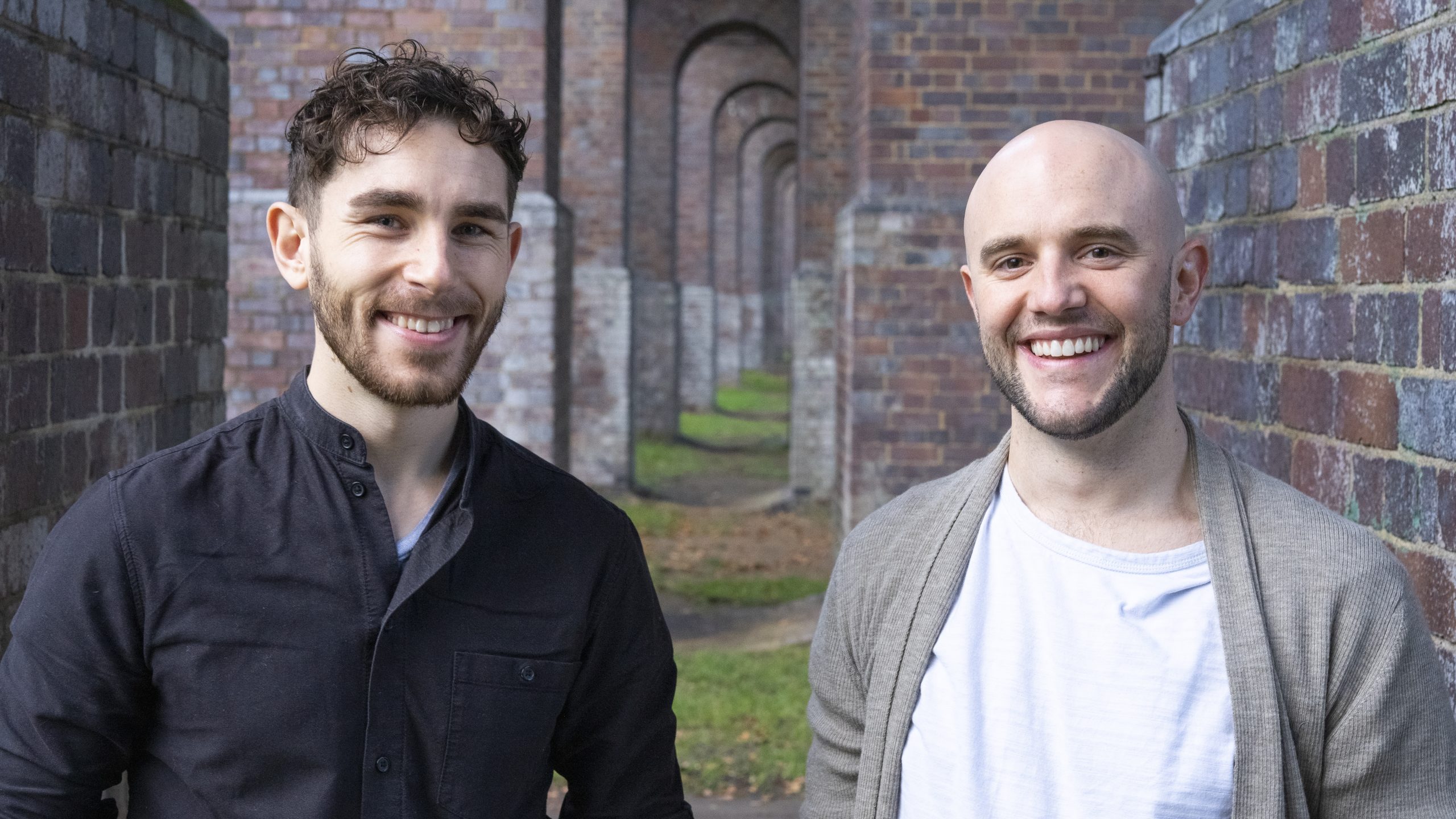
Our (not-so-little) company is growing!
In the last year, we have grown almost twice in size, and we have now finished recruiting a new Customer Success Manager who has joined the Carbon Global team. But recruitment is often daunting, even this time, we combed through 240 applications, all to find the best candidate for a single role at Carbon Global.
With one foot over the finish line, one of our Managing Partners, Henry Regan, discusses our recruitment process.
What steps do you take to align the recruitment process with our company culture and values? This can be through the job description or during interviews.
I think it’s really important that if a company has a set of business values; you start there.
For us, it’s important that we focus on the first pillar of our values, which is multi-dimensional innovation, the idea that different people from different walks of life and backgrounds come together to try and solve the same problem that instils, if you look down into our company, we have a culture that manifests itself into an ensemble. We have that. We are all moving together as one, but at the same time, individuals working together for the same goal.
So when we look at who we’re trying to employ, we ensure to try to champion diversity. Now, diversity is put out there a lot by companies in terms of gender, ethnicity, and religion, but it doesn’t stop there. A person’s diverse background actually informs diverse thinking.
During this recruitment period, we tried to make our job description very clear. I think that’s important: we make sure the pay was on there, the benefits were on there, the synopsis of what the company does, as well as who we are and what our values are. We also aligned the KPIs for the job and tried to make it a little bit different. We put a twist on a regular CV, putting some funny things in there to highlight certain aspects. It was interesting to see the people who picked up on that because they tend to be the people we want to work with. That doesn’t mean they have to get our humour; it’s just picking up things that aren’t the ‘norm’ and highlighting them. That’s the personality we’re looking for, especially for this Client Success role, we wanted somebody who could pick up the things that a client may say offhand, and remember that.
More than anything, people had to align with our values. Following that, we looked at who they are and what they could bring to the organisation.
Can you describe our approach to diversity, equity and inclusion during the recruitment process?
I’m not sure many companies go far enough because equality is not enough, there has to be a sense of equity. A great example of this is our Business Development Manager role. This is not a sales role, but it can be seen in the job description as a sales role. Therefore, we get about 90% male applicants, and that’s hard because what we want to do is give the best candidate the job, and it’s very, very difficult to do that from a 90% to 10% split, for instance, in gender.
We have to give some equity: we have to ensure that we are propping up the more disproportionate groups. Of course, no matter what, if they’re the right candidate, we put them through but sometimes it takes a lot of brainpower to go through 200 applicants, so trying to prioritise the disproportionate groups, by say looking through them first, can help. That doesn’t mean you don’t look at every single applicant, but I think it’s important that they start the list.
How do we ensure a positive candidate experience throughout the recruitment process?
First and foremost, as actors, we know what it’s like to not know what’s happening. We make sure everyone knows what is going on throughout the process: we give them clear guidelines on the day of their interview and when they’ll hear back either way. If they want feedback, they can absolutely request it. Typically, we give more and more feedback the further along the process they get. I think that’s incredibly important. Unfortunately, it’s impossible to do when you have 200 applicants, so the first cap tends to be “I’m sorry, you didn’t get the job this time; please look for more opportunities in the future.”
One thing that we do get praised for is our recruitment from a candidate perspective. I think people appreciate us being open and honest throughout the process. There has to be a good synergy and that has to work both ways. We want them to have a good experience because it could be the crucible moment for them to have a positive career with us. Everyone gets treated as a human: they spend a lot of time applying to us so we want to make sure that we give them the best possible opportunity to succeed during the interviews.
What would you like to see during future recruitment processes, either from our company or others?
I think it’d be nice for companies to represent themselves in the way they are rather than what they want to be.
There’s no problem speaking about your vision during the process, but you have to be honest with who you are and what the role will entail. Some have boring elements that aren’t fulfilling, and that’s okay. There will always be a yin-yang.
I think companies try to paint a beautiful picture of themselves when that might not be the case. From our point of view, we try as best to be as honest as we can. This isn’t the company for you if you want to make loads of money because corporations will always have that draw, but you don’t get treated as a person; you get treated as a number. Therefore, we get a lot of people who want a good work-life balance: and we still pay very well for the size we are.
We’re not a bell-ringing company that puts heavy loads on our colleagues’ shoulders. For every person that comes through the door that wants to understand who we are as a company, we try to be honest. I want to be more and more honest. I think that is something we do well.
As a growing company, our processes are something that we’re always working on. I think one thing that can definitely get better is our guidebook for recruitment, as our recruiting process is very good. It’s very tight; we know what we’re doing. But it takes a huge amount of work, so how do we make it less work for us?
Do we have any unique or ingenious aspects of our recruitment process that set us apart from other companies in the industry?
What we did this time, which was interesting, was we got all the CVs in and decided to get everyone to send a voice note. They also had the option to write their answers but unless there is a good reason, sometimes that is telling enough. It’s important that we hear them, their personality and their quirks; that’s super interesting for us as we work within a sphere that focuses a lot on psychology and rhetoric. We asked them ten questions, such as “would it be okay for you to come to the office twice a week in a hybrid work environment?”, “are you okay with the wage?”, but also, “why did you apply to Carbon Global?”.
We had somebody who looked like a very good candidate, but they started talking about carbon offsetting: they hadn’t looked at our website. So, they applied for us, sent this voice note, and then hadn’t even looked at our website. We can use that to look at who wants the role and who doesn’t, who’s picking up on those tiny little things that we put in the job description, who’s really invested in us. I think that was a great thing that we did, and a lot of people said, “I’ve never had this before and it’s great.”
What KPIs do you track to understand how effective our recruitment process is, for example, employee retention?
Since 2017, when we incorporated, we have been relatively reactive in the ways that we have run recruitment, especially within tracking operational recruitment. Recruiting is one thing that we’re very proud of: we have a great team but our process is still quite reactive. We’re in a three-month consolidation period as a company, where what we are doing is plateauing in terms of the number of clients rather than trying to grow. We try to make sure that we understand all of our clients and our client’s needs to make sure that everything is sailing as it should be before we start another growth period.
It also allows us to do whiteboard sessions with operations to understand where the cracks may be in our process map. One thing I identified is we don’t know much about our recruitment process past the point of giving somebody the job. We obviously care about our staff: we do three monthly reviews and monthly one-to-ones, and we understand who they are and what they’re doing. But we don’t understand the lifetime employment of each person, and how we can make sure that we, from a process point of view, number one, retain our staff and get the best candidates possible.
If you’re interested in working for us, please check our LinkedIn for vacancies.
Gee Stencel | They/Them
Strategic Operations Manager
Carbon Global











